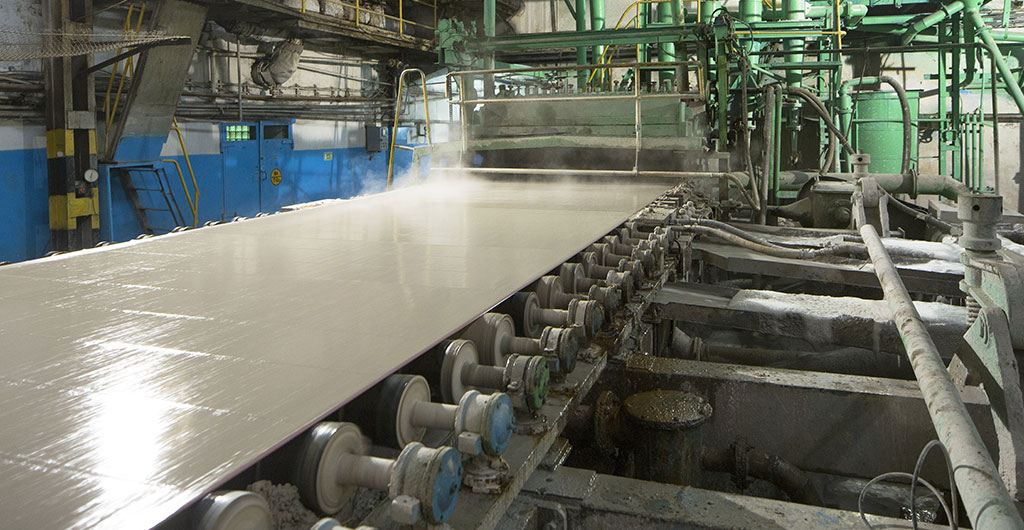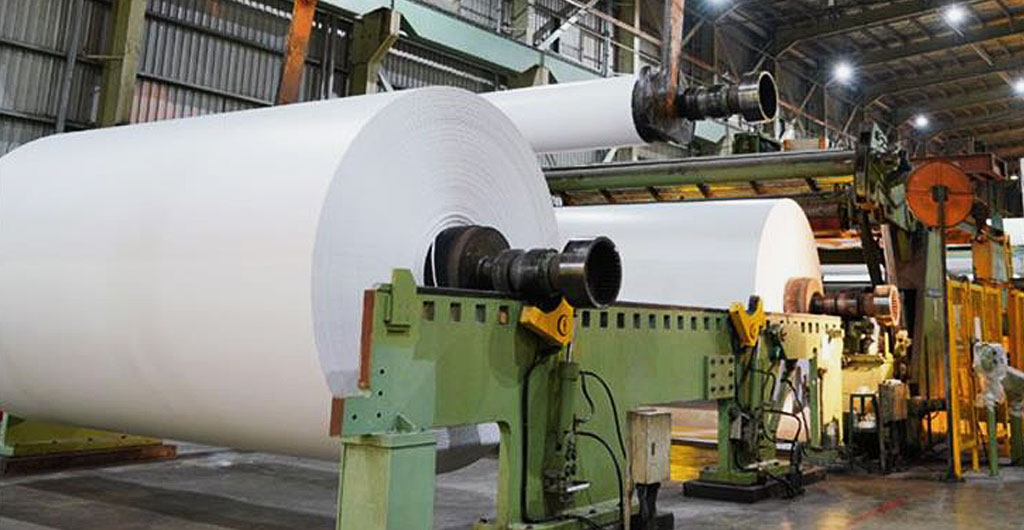Paper Edge Cutting Unit
In the papermaking process, the edge-trimming system needs a waterjet cutting device that can operate 24/7 with a low failure rate and a long seal life. The primary cause of trimming failure is an unstable waterjet. A single air bubble, a power outage, a power surge, a high-pressure pump failure, or a high-pressure line leak can instantly alter the shape of the waterjet, leading to an unsuccessful cut and a paper break. To prevent this, early methods involved supplying a high-pressure water volume several times greater than required, passing it through a buffer tank to absorb pressure fluctuations and vent air. This ensured the stability of the waterjet. Consequently, most of the energy consumption in these trimming systems was dedicated to maintaining the quality of the cut. Today, we have developed a low-energy, stable edge-trimming system that can significantly reduce costs related to electricity, equipment maintenance, and carbon emissions.
Our paper industry client's edge trim system has improved two production lines. Energy consumption for each has been reduced from 65HP and 48HP respectively, down to 2HP, achieving a carbon reduction of over 90%.

High-pressure water cutting
The slitting process in papermaking takes place before the paper is dried. Standard contact cutters, such as rotary blades, tend to get clogged with pulp. Therefore, most paper mills use high-pressure waterjet cutting, which allows the trimming process to run stably and continuously for weeks at a time.

Paper production
Failure in the slitting process can cause paper to break during production, which is a disaster. Because paper rolls have high inertia, the entire production line can't be stopped instantly. Therefore, the losses from the point of the paper break, stopping the line, cleaning the equipment, re-threading the paper, and restarting the process are considerable.
